Sholtes GFI 681 User manual








Table of contents
Popular Ventilation Hood manuals by other brands

IKEA
IKEA LAGAN BF275 User and maintenance handbook

Sharp
Sharp SHC2432FS Operation manual & installation instructions

ELICA
ELICA Mezzano Use, care and installation guide

Infiniton
Infiniton CMPTRAL-NG61 instruction manual

Monogram
Monogram ZV900 installation instructions
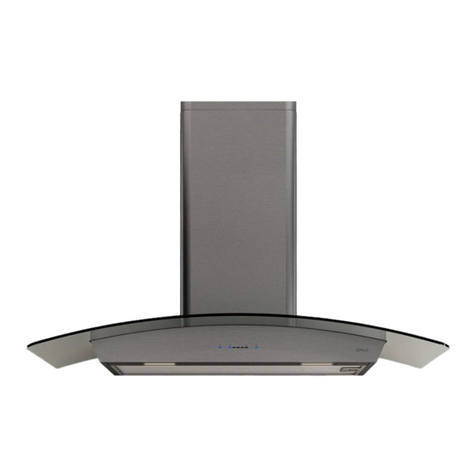
Zephyr Essentials
Zephyr Essentials Ravenna ZRV-E30AGC Use, care and installation guide

Philco
Philco CANBERRA 50 W user manual
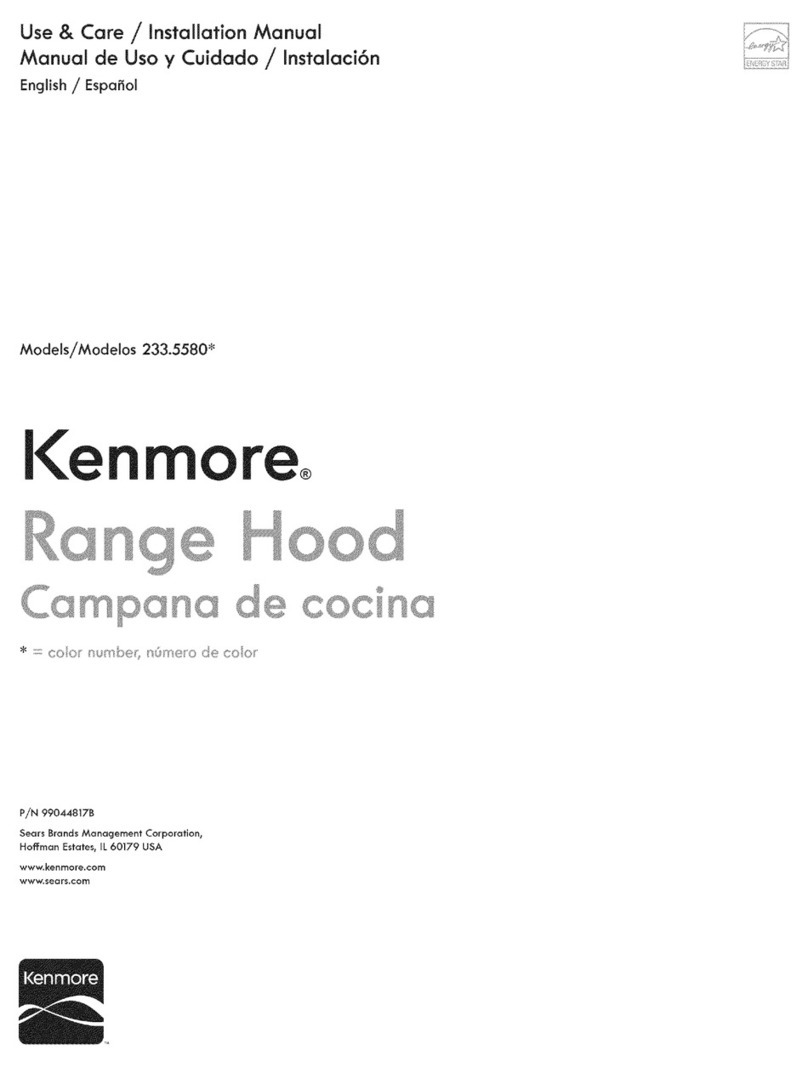
Kenmore
Kenmore 233.5580 Series Use & care / installation manual

IKEA
IKEA DATID HW570 User and maintenance manual
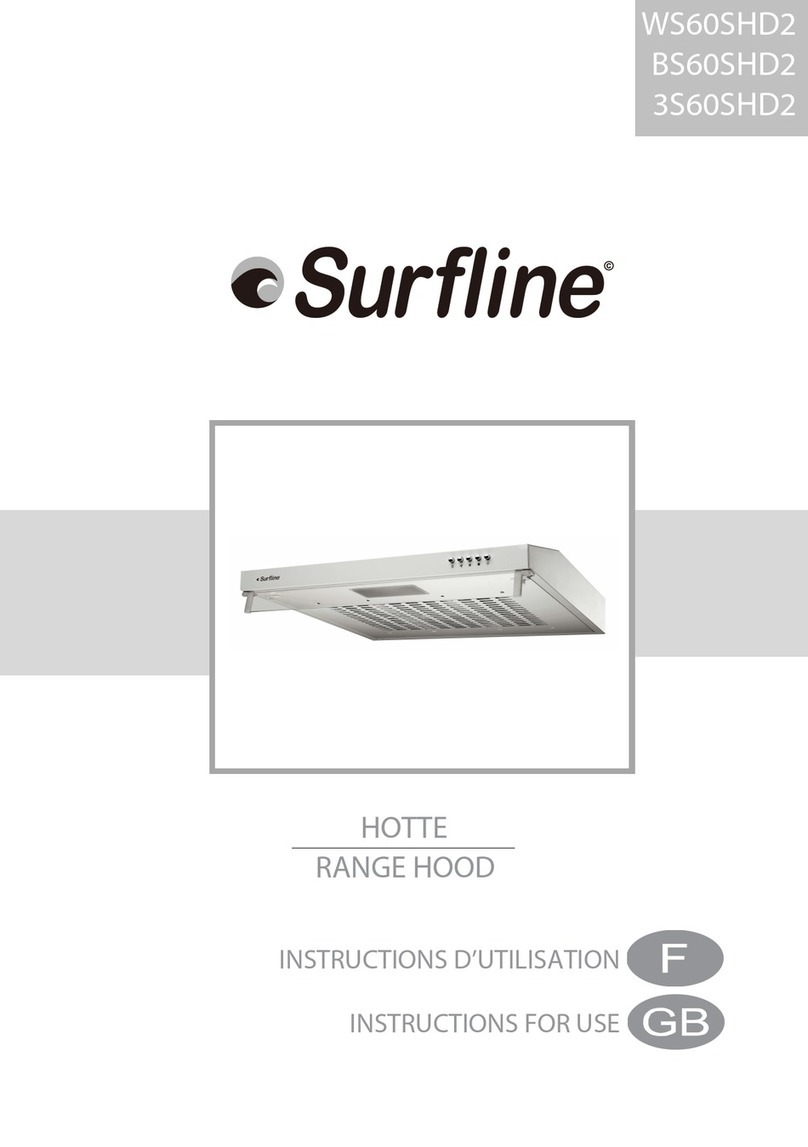
Surfline
Surfline WS60SHD2 Instructions for use

Electrolux
Electrolux EFC 9421 Operating and installation instructions

CyClone
CyClone SC707 Installation and operating instructions
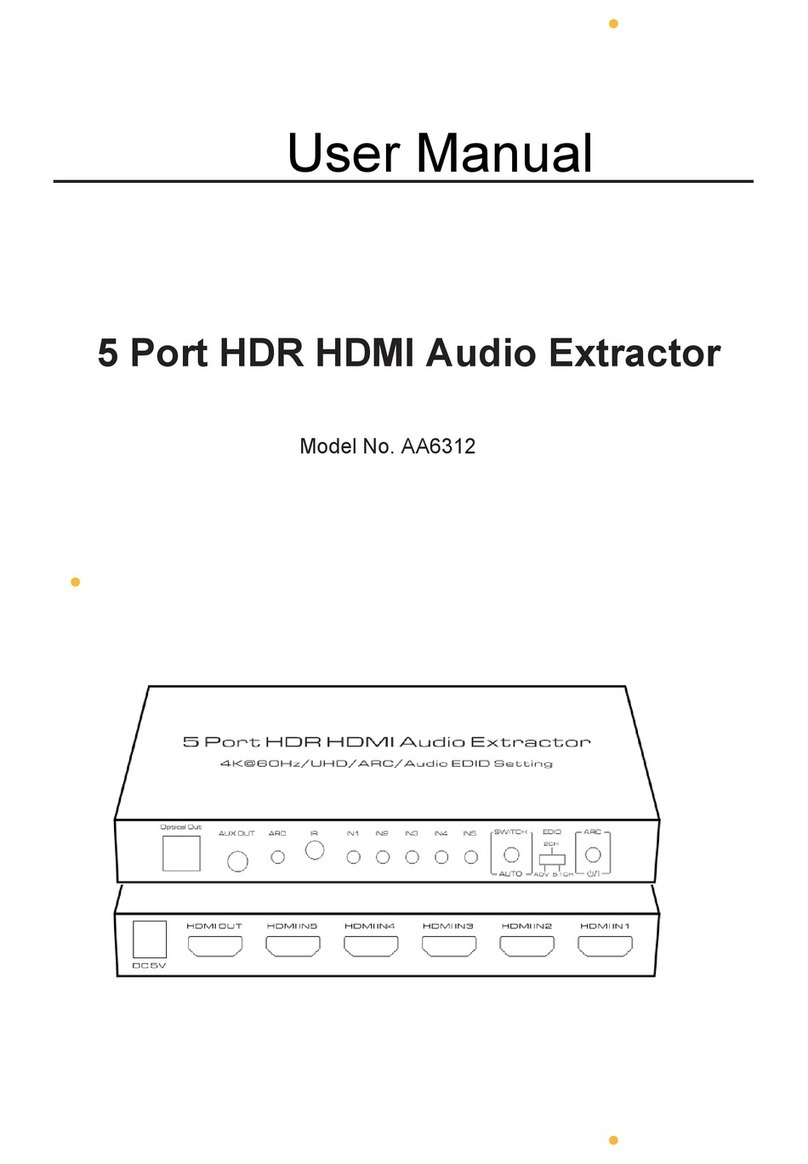
Aus Electronics Direct
Aus Electronics Direct AA6312 user manual

XtremeAIR
XtremeAIR PX01-W30 Installation guide and user's manual
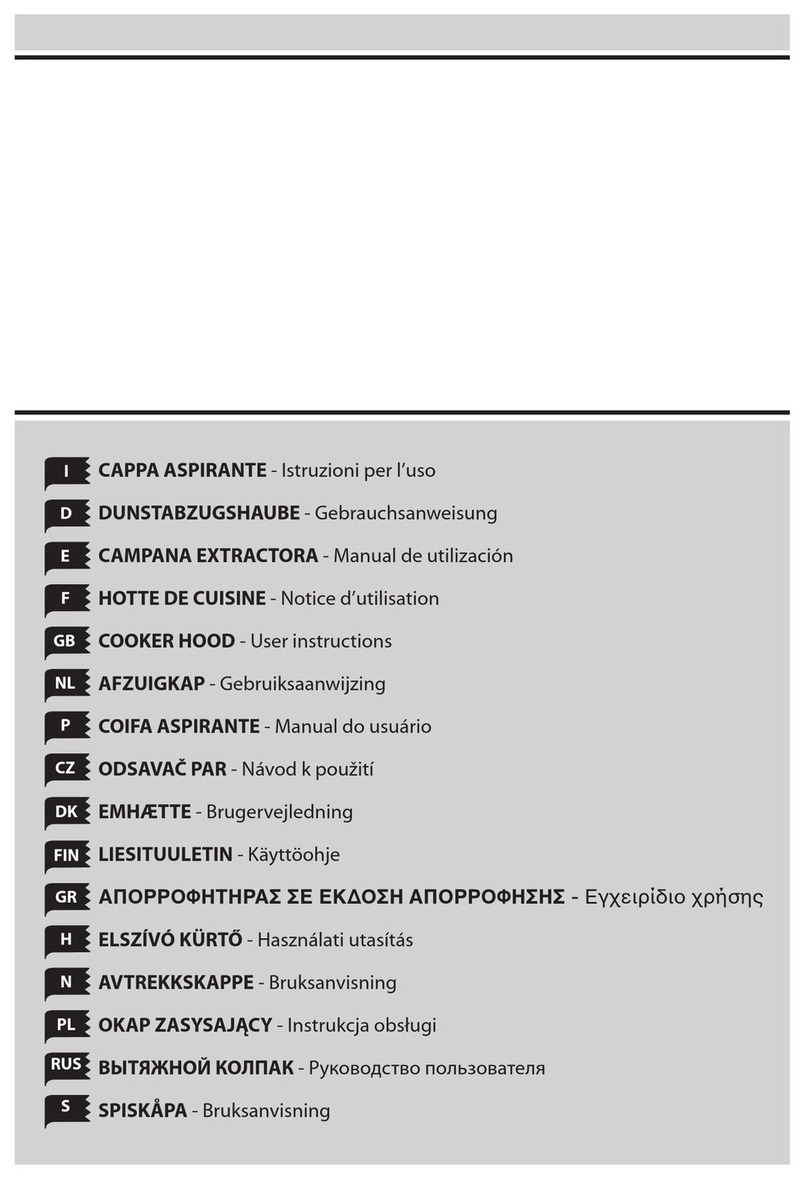
Euro Appliances
Euro Appliances ES3H60S User instructions
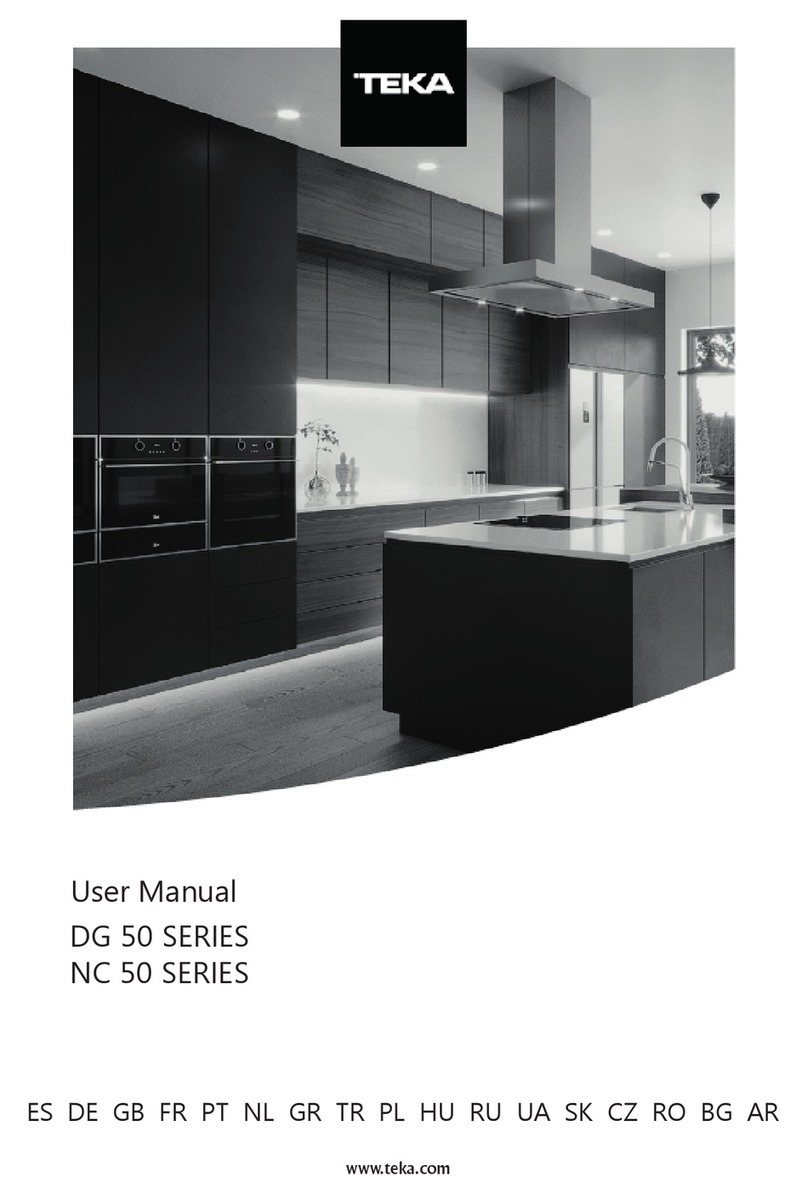
Teka
Teka DG 50 Series user manual

Miele
Miele DA 5966 W Installation diagram

Vallox
Vallox 280 SE Instructions for use and maintenance